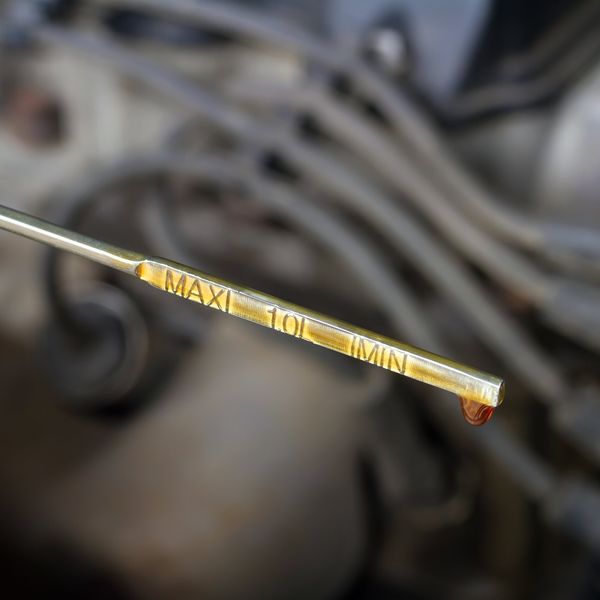Three Ways the Right Engine Oil Affects Maintenance and Operations

Utilizing high-quality engine oil along with the correct engine oil grade and weight is critical to maximize equipment performance, reduce downtime and improve profitability.
“Oil is the lifeblood of the engine. Without the right oil, the lifeblood will not flow and protect the engine components as designed,” said Chris Hough, vice president of maintenance design and engineering at Penske Truck Leasing. “The proper engine oil not only lubricates the various components within the engine but also aids in maintaining optimal temperatures, protecting against wear and tear, and improving fuel efficiency.”
The current Penske diesel engine oil is a Shell T4 10W30 CK4. “This oil makes or exceeds the CK4 oil specifications and meets or exceeds all our current diesel engine OEM specifications for on-highway engines,” Hough said.
1. Improved Fuel Efficiency
Fuel is one of the most significant expenses for trucking fleets, and engine oils directly affect the amount of energy it takes to power a truck.
“The ‘right’ oil can improve fuel economy by minimizing friction within the engine due to its lower viscosity, allowing it to flow more easily and requiring less energy to pump around the engine, ultimately resulting in less fuel consumption while still protecting engine parts from wear and tear,” Hough said. “Essentially, a lower viscosity oil reduces friction between moving engine components, leading to better fuel efficiency.”
2. Reduced Engine Wear and Tear
Class 8 trucks often operate in extreme conditions, from stop-and-go traffic to hauling heavy loads for extended periods, putting considerable strain on the engine and leading to wear and tear that can result in breakdowns and expensive repairs. High-quality engine oil with robust anti-wear additives can protect engine parts, such as the crankshaft, pistons and camshaft, by creating a barrier against direct metal-on-metal contact. This protective layer reduces friction and helps prevent overheating.
3. Extended Drain Intervals
Certain oils can enable longer drain intervals, keeping trucks on the road longer. To help tailor engine oil and drain intervals to fleets’ specific operational needs and operating conditions, Penske has a complete oil analysis program and reviews the oil sample results of all diesel engine oil drains.
"While keeping standability in mind, we are always looking for ways to ensure that we are capitalizing on engine oil life,” Hough said, adding that Penske considers the average miles per gallon, mileage on the engine oil, along with the parts per million (PPM) of the wear metals, additive package chemicals and unburnt fuel to determine the rate-of-wear for the engine. "We then share all this information with our OEM partners to improve extended oil drain intervals and engine longevity."
Penske continually works with engine OEMs and oil producers to test and evaluate new technologies and specifications. “We are currently testing a full synthetic oil blend and how it coincides with engine performance and wear characteristics,” Hough said. “We are already discussing the new oil specifications to meet EPA 2027 requirements and how that will impact our fleet.”
